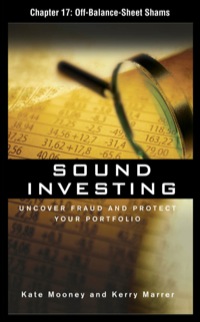
King Corporation began operations in January, year 1. The charter authorized the following share capital: Preferred shares: 6 percent, $22 par value, authorized 57,000 shares. Common shares: no par value, authorized 226,000 shares. During year 1, the following transactions occurred in the order given: a. Sold and issued 28,500 common shares to each of the three organizers. Collected $9 cash per share from two of the organizers, and received a plot of land with a small building on it in full payment for the shares of the third organizer and issued the shares immediately. Assume that 30 percent of the non-cash payment received applies to the building. b. Sold and issued 7,700 preferred shares at $22 per share. Collected the cash and issued the shares immediately. c. Sold and issued 3,700 preferred shares at $22 and 3,700 common shares at $12 per share. Collected the cash and issued the shares immediately d. The operating results at the end year 11 were as follows: Revenues Expenses, including income taxes $ 415,000 197,500 Required: 1. Prepare the journal entries to record each of these transactions and to close the accounts. (If no entry is required for a transaction/event, select "No journal entry required" in the first account field.) 1 Possible Accounts: Building, Cash, Common shares, Expenses, Income Summary, Land, Preferred shares, Retained earnings, Revenues Journal Entry Worksheet - Provide the journal entries required to record each of the transactions: 1. Record sale and issue of 85,500 common shares at $9 per share. 2. Record sale and issue of 7,700 preferred shares at $22 per share. 3. Record sale and issue of 3,700 preferred shares at $22 per share and 3,700 common shares at $12 per share. 4. Record closing entry to transfer revenues and expenses to income summary. 5. Record closing entry to transfer the profit to Retained earnings. 3. Prepare the shareholders' equity section of the statement of financial position for King Corporation at the end of year 1. KING CORPORATION Shareholders' Equity As at End of Year 1 Share capital: Total shareholders' equity $ Calgate Company had the following shares outstanding and retained earnings at the end of the current year: Preferred shares, 48 (par value $30; outstanding, 11,400 shares) Common shares (outstanding, 44,000 shares) Retained earnings $ 342,000 670,000 180,000 The board of directors is considering the distribution of a cash dividend to the two groups of shareholders. No dividends were declared during the previous two years. Three independent cases are assumed: Case A: The preferred shares are non-cumulative; the total amount of dividends is $53,800. Case B: The preferred shares are cumulative; the total amount of dividends is $74,000. Case C: Same as case B, except the amount is $103,000. Required: 1. Compute the amount of dividends, in total and per share, that would be payable to each class of shareholders for each case. (Round "Per share" to 2 decimal places.) Preferred Shares Common Shares Case A Total Per share Case B: Total Per share Case C: Total Per share 2. Assume that the company issued a 10 percent common stock dividend on the outstanding common shares when the market value per share was $23. Complete the following comparative schedule for common shares only. (Enter any decreases to account balances with a minus sign.) Amount of Dollar Increase (Decrease) Cash Dividend-Case C Stock Dividend Item Assets Liabilities Shareholders' equity







